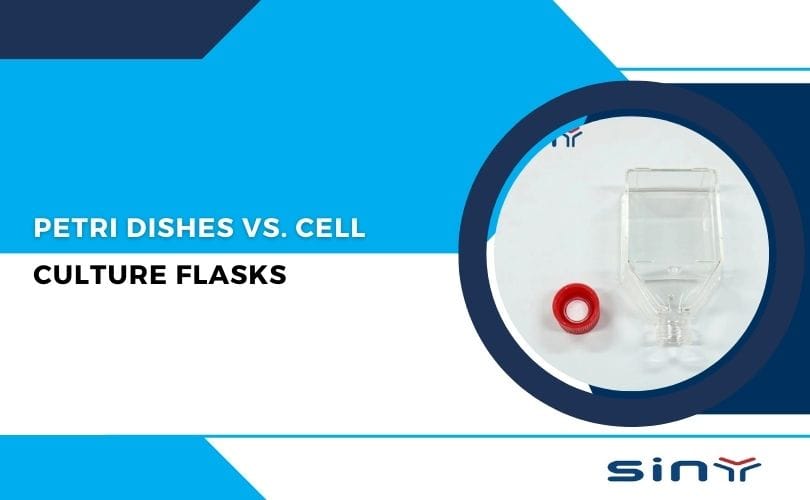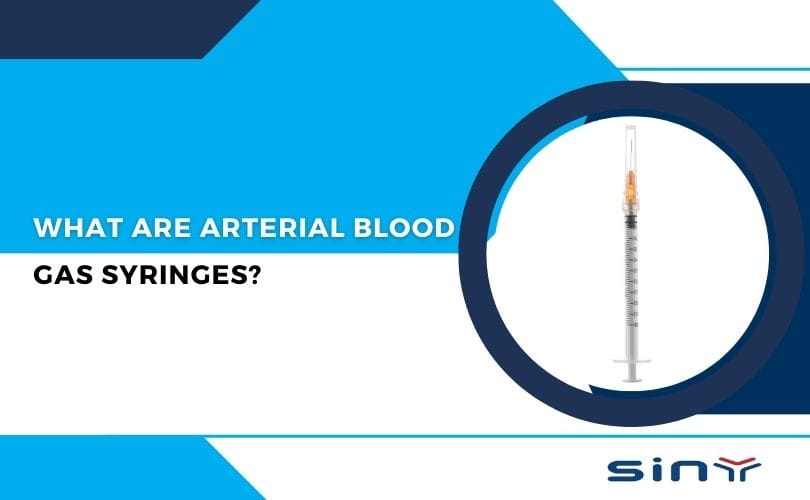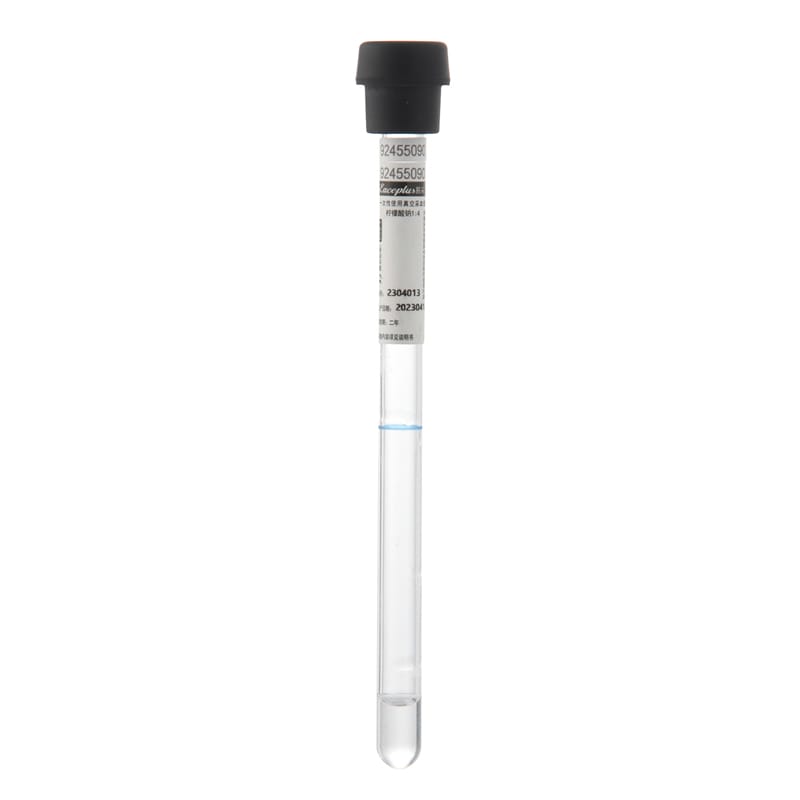Electrocardiography (ECG) is a crucial diagnostic tool in modern medicine, helping healthcare professionals monitor the heart’s electrical activity. An ECG machine to produce accurate and readable results requires a particular type of paper known as ECG paper. This unique paper is essential in recording heart activity, providing valuable insights into a patient’s cardiac health.
Table of Contents
What is ECG Paper?
The ECG paper records the heart’s electrical activity over time using electrocardiograph machines. As the heart beats, it generates electrical signals that travel through the body. The ECG machine records these signals and prints them onto the ECG paper as wave-like tracings or graphs.
The printed ECG graph helps healthcare professionals diagnose various heart conditions, including arrhythmias, heart attacks, and other abnormalities. These machines use carefully calibrated paper to ensure precision, as even minor deviations in the grid could lead to misinterpreting a patient’s heart function.
Importance of ECG Paper in Cardiac Monitoring
ECG paper serves as the primary medium for recording and interpreting heart activity. Its accuracy is critical for reliable diagnostic results. A well-calibrated ECG paper ensures that the recorded signals’ dimensions match the heart’s electrical activity.
With high-quality ECG paper, the accuracy of heart measurements could be maintained. The fine grid on the paper helps professionals determine the time intervals between heartbeats and the size of the heart’s electrical waves, which are key indicators of heart health.
Types of ECG Paper
ECG paper comes in various formats, each with unique characteristics and applications. Here are the most common types:
Thermal ECG Paper
Thermal ECG paper is the most widely used type in modern electrocardiography. It is coated with a thermosensitive layer that reacts to heat, allowing ECG machines to print heart tracings without ink.

- Uses: This type of paper is ideal for hospitals and clinics where quick and reliable readings are essential. It provides high-quality images that are crucial for accurate diagnosis and monitoring.
- Advantages: Thermal paper offers excellent clarity, durability, and resistance to fading. High-quality thermal ECG paper can last 8 to 20 years, making it suitable for long-term patient records.
Z-Fold ECG Paper
Z-fold ECG paper is designed in a fan-folded format, The design allows for easy handling and storage. The pre-folded zigzag pattern of each sheet makes it convenient for printers that require sheet paper.
- Uses: Outpatient settings and smaller clinics commonly use this type, where ECG machines are rarely available.
- Advantages: Z-fold paper is easy to load into machines and minimizes the risk of paper jams. It also allows quick access to printed results, which is beneficial in busy clinical environments.
Roll ECG Paper
Roll ECG paper is another standard format, available in various widths and lengths.

- Uses: Hospitals and cardiology clinics use roll paper for continuous monitoring, especially during stress tests or extended ECG recordings.
- Advantages: The roll format allows for uninterrupted printing, making it efficient for capturing long-term data. It also provides flexibility in terms of length, as healthcare facilities can choose rolls that fit their specific needs.
Sheet ECG Paper
Sheet ECG paper comes in individual sheets, typically in an f-fold pattern. This type is less common than thermal and roll paper but still finds use in specific clinical settings.
- Uses: Medical schools often use sheets in educational environments to practice ECG interpretation.
- Advantages: Sheets are easy to handle and offer a tangible way for students to learn about ECG readings, making them ideal for teaching purposes
The Different Types of Size ECG Paper?
ECG paper is the canvas for sinymedical imaging, capturing vital cardiac rhythms. It is available in several designs, such as roll, Z-fold, and grid, each tailored for a particular ECG machine and level of diagnostic clarity.
| Product | Specification |
| Single-Channel ECG Paper | 50mm*20m |
| Three-Channel ECG Paper | 50mm*30m |
| 60mm*30m | |
| 63mm*30m | |
| 80mm*20m | |
| 80mm*70mm-200SHT | |
| 112mm*20m | |
| 112mm*90mm-200SHT | |
| 144mm*30m | |
| 145mm*30m | |
| 110mm*140mm-20m | |
| Six-Channel ECG Paper | 144mm*30m |
| 110mm*140mm-20m | |
| 110mm*140mm-200SHT | |
| 110mm*140mm-20m | |
| 110mm*20m | |
| Twelve-Channel ECG Paper | 210mm*30m |
| 215mm*30m | |
| 216mm*20m | |
| 145mm*100mm-200SHT | |
| 210mm*140mm-20m | |
| 210mm*140mm-200SHT | |
| 210mm*150mm-200SHT | |
| 210mm*150mm-150SHT | |
| 210mm*150mm-150SHT | |
| 210mm*295mm-200SHT | |
| 215mm*280mm-200SHT | |
| 215mm*280mm-200SHT | |
| 215mm*280mm-200SHT | |
| 210mm*300mm-200SHT | |
| 210mm*300mm-200SHT | |
| 210mm*280mm-200SHT | |
| 210mm*300mm-200SHT | |
| 144mm*125mm-200SHT | |
| 50mm*100mm-300SHT | |
| 50mm*100mm-300SHT |
Features of ECG Paper
The ECG paper’s specific features meet the needs of precise medical diagnostics. Here are some of the most essential characteristics:
Standard Grid Pattern
ECG paper has a standardized grid pattern that helps medical professionals accurately measure the heart’s electrical signals. The grid usually consists of small squares, each representing 0.04 seconds on the horizontal axis (time) and one millivolt (mV) on the vertical axis (voltage). The consistency of the grid helps in measuring the exact timing and intensity of electrical activity.
Thermal Sensitivity
Most modern ECG machines use thermal printing technology. This means that ECG paper must be sensitive to heat. When the machine’s thermal printer applies heat, the special coating on the paper darkens, creating visible ECG tracings. This thermal sensitivity allows the paper to record results without needing ink or ribbons, which is advantageous in medical settings where maintenance simplicity is vital.
Durability and Archival Quality
ECG paper is designed to be durable and long-lasting. The recordings must remain legible for future reference, whether stored in a patient’s medical record or used for ongoing analysis. High-quality ECG paper is resistant to fading, tearing, and other forms of degradation that could compromise the recorded data over time.
Different Sizes and Formats
Depending on the type of ECG machine and medical practice, ECG paper is available in various sizes and formats. Some machines require paper in roll form, while others use sheets or z-fold formats. The type of paper chosen should match the machine specifications to ensure seamless operation and accurate recordings.
Storing and Handling ECG Paper
To maintain the integrity of ECG paper and the accuracy of the recordings, healthcare facilities should follow best practices for storage and handling.
Temperature Control
Since ECG paper is heat-sensitive, storingit it in a cool, dry place is essential. Extreme temperatures, especially heat, can prematurely darken the paper or degrade its quality. Storing the paper in a temperature-controlled environment will help preserve its usability.
Proper Handling
Handle ECG paper carefully to avoid creasing, tearing, or damaging the thermal coating. Even minor physical damage can interfere with the accuracy of the recordings. Always load the paper into the machine according to the manufacturer’s instructions to prevent jams or misfeeds.
Regular Machine Maintenance
Ensure that the ECG machine’s thermal printer is regularly maintained. A well-maintained printer will produce clear, accurate tracings, reducing the likelihood of smudged or faded recordings. Periodically checking the printer’s condition also minimizes the risk of costly malfunctions during critical patient tests.
Conclusion
ECG paper is an indispensable part of modern cardiac diagnostics, providing healthcare professionals with precise recordings of the heart’s electrical activity. The standardized grid pattern and thermal sensitivity of this specialized paper ensure accurate and reliable results. By understanding the various types of ECG paper and how to choose.
ECG paper is a fundamental tool in cardiology, providing a visual and quantitative representation of the heart’s electrical activity. Its structured grid allows for precise measurements of time and voltage, making it indispensable in diagnosing a wide array of heart conditions. Whether used in routine check-ups or critical care, the ECG paper remains one of the most reliable methods for assessing heart health.
FAQs ECG Papers
How is the ECG paper structured?
Answer: ECG paper consists of small squares (1 mm x 1 mm) forming larger squares (5 mm x 5 mm). Each small square represents 0.04 seconds on the time axis and 0.1 millivolts on the voltage axis, facilitating precise measurements.
What types of ECG papers are available?
Answer: Common types include standard thermal ECG paper, Z-fold paper for easy storage, pre-printed grid paper for quick assessments, and specialized documents tailored to specific machines.
Why is the speed of the ECG paper critical?
Answer: The standard speed for ECG paper movement is 25 mm per second. This speed accurately represents heart activity over time, allowing healthcare professionals to analyze rhythms and intervals effectively.
How do healthcare professionals use ECG paper?
Answer: After placing electrodes on a patient, the ECG machine records the heart’s electrical signals onto the ECG paper. Clinicians then analyze the printed tracings to diagnose various cardiac conditions.
How should ECG paper be stored and handled?
Answer: ECG paper should be stored in a cool, dry place away from direct sunlight to prevent damage. Proper handling is crucial to avoid contamination or physical damage affecting recordings.
You May Also Read
If you enjoyed this article, please subscribe to our YouTube channel. We provide product video tutorials. You can also follow us on Instagram and Facebook to stay up to date with new updates, news and special deals.



























































